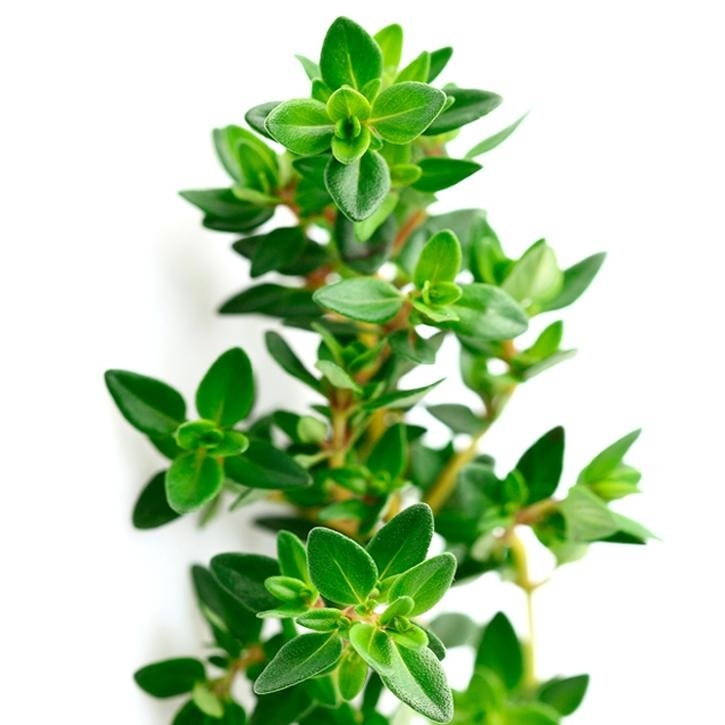Bibliography
- Real Farmacopea Española 2ª Edición (2002).
- Pharmacopée Française IX Édition.
- British Herbal Pharmacopoeia, 1983.
- Herbal Drugs and Phytopharmaceuticals. Norman Grainger Bisset (Ed). Max Wichtl. CRC Press.1994.
- Plantas Medicinales y Drogas Vegetales para infusión y tisana. Edición española a cargo de: Salvador Cañogueral, Roser Vila, Max Wichtl.1998.
- Matière Médicale. RR Paris- H. Moyse. Masson 1981.
- Fitoterapia: Vademecum de Prescripción. Plantas Medicinales. Colaboran: Asociación española de médicos naturistas. Colegio Oficial de Farmacéuticos de Vizcaya.
- Guía de Campo de las Flores de Europa. Oleg Polunin. Ediciones Omega S.A. Barcelona, 1977.
- Plantas Medicinales. Margarita Fernandez y Ana Nieto. Ed Universidad de Navarra. EUNSA 1982.
- 100 Plantes Medicinales. Max Rombi. Romart 1998.
- Fitoterapia Aplicada. J.B. Peris, G. Stübing, B.Vanaclocha. Colegio Oficial de Farmacéuticos de Valencia 1995.
- Pharmacognosy, Phytochemistry, Medicinal Plants. Jean Bruneton. Lavoisier Publishing.
- The Complete German Commission E Monographs. Therapeutic Guide To Herbal Medicines. Mark Blumenthal. American Botanical Council 1998.
- Revista de fitoterapia 2000. CITA Publicaciones y Documentación S.L.
- Farmacognosia 2ª Edición. Jean Bruneton. Ediciones Acribia S.A. 2001.
- Pharmacognosy 9th Edition.
- Bulletin officiel Nº 90/22 bis. Ministère des Affaires Sociales et de la Solidarité.
- French Public Health Code.
- Bézanger-Beauquesne, L; Pinkas, M; Torck, M. Les Plantes dans la Therapeutique Moderne. 2ª. Paris: Maloine, 1986, pp. 420-2.
- Bézanger-Beauquesne, L; Pinkas, M; Torck, M; Trotin, F. Plantes Médicinales des Regions Tempérées. Paris: Maloine, 1980, pp. 345.
- European Scientific Cooperative On Phytotherapy (E.S.C.O.P.). Monographs on the medicinal uses of plant drugs. Fascicle I: Thymi herba. March, 1996.
- García, MC; Rebollar, MP; García D. Composición química del aceite esencial de Thymus vulgaris L. en la Comunidad de Madrid. En: I Jornadas Ibéricas de Plantas Medicinales, Aromáticas y de Aceites Esenciales. Madrid: Ministerio de Agricultura, Pesca y Alimentación, 1992.
- James, A; Duke, Ph D. Handbook of Medicinal Herbs. 5ª. Boca Ratón, Florida: CRC Press, 1987, pp. 483-4; 493; 501; 523; 567.
- Mulet, L. Estudio Etnobotánico de la Provincia de Castellón. Castellón: Diputación Provincial, 1991, pp. 448-56.
- Peris, JB; Stübing, G; Figuerola, R. Guía de las Plantas Medicinales de la Comunidad Valenciana. Valencia: Las Provincias, 1996, p. 221.
- Real Farmacopea Española. Madrid: Ministerio de Sanidad y Consumo, 1997, pp. 1706-7.
- Rivera, D; Obón, C. La Guía Incafo de las Plantas Útiles y Venenosas de la Península Ibérica y Baleares. Madrid: Incafo, 1991, pp. 867-70.
- Samuelsson, G. Drugs of Natural Origin. A Textbook of Pharmacognosy. Stockholm: Swedish Pharmaceutical Press, 1992, p.145.
- Trease, GE; Evans, WCh. Farmacognosia. México D.F.: Interamericana--MacGraw-Hill, 1991, p. 465.
- Van Hellemont, J. Compendium de Phytotherapie. Bruxelles: Association Pharmaceutique Belge, 1986, pp. 397-402.
- Villar, L; Palacín, JM; Calvo, C; Gómez, D; Montserrat, G. Plantas Medicinales del Pirineo Aragonés y demás tierrras oscenses. 2ª. Huesca: Diputación Provincial, 1992, pp.234; 283.
- Wichtl, M. Herbal Drugs and Phytopharmaceutical. A Handbook for Practice on a Scientific basis. Stuttgart: Medpharm Scientific Publishers, 1994, pp. 493-5.
